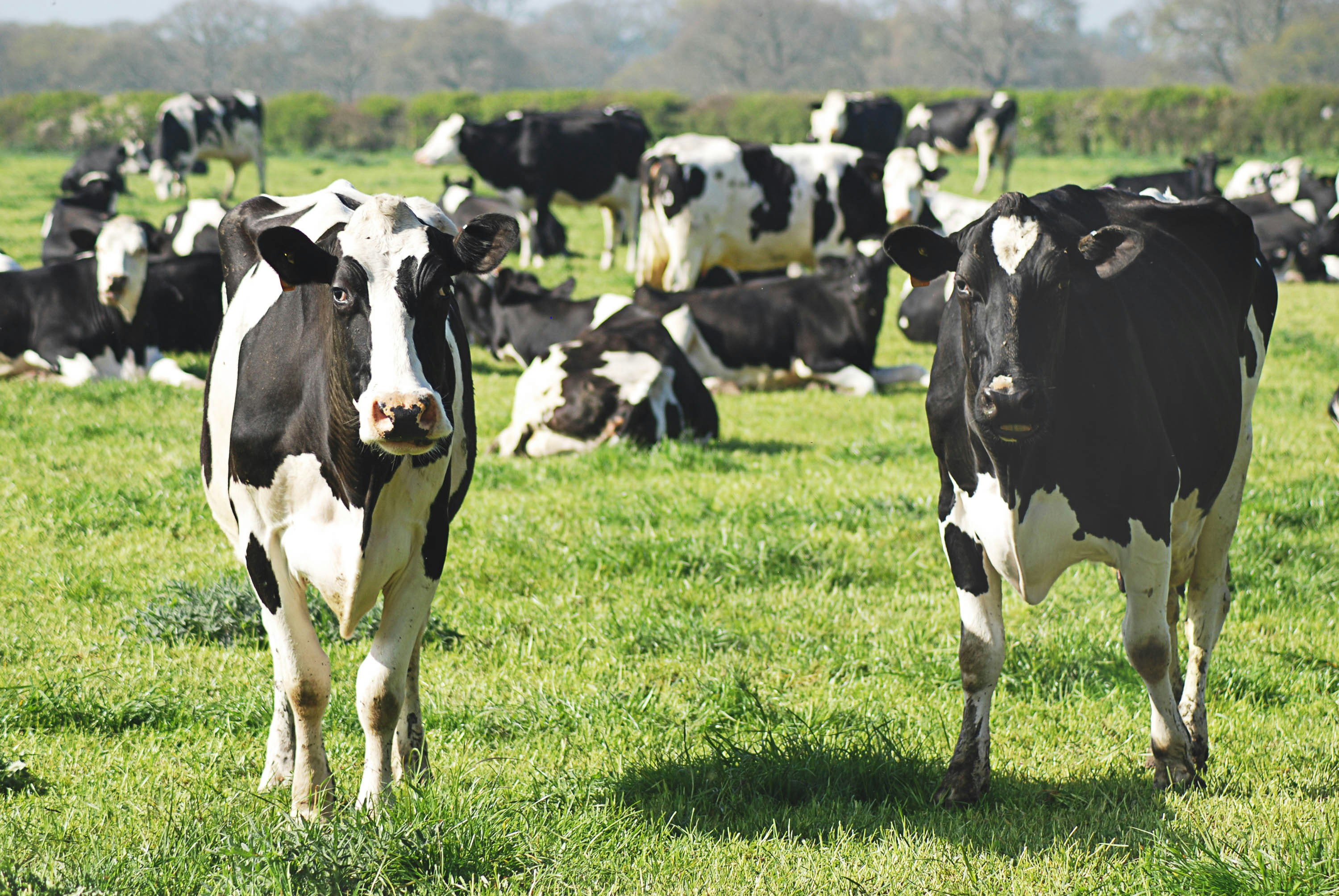Media release
From:
Virology: Infection and transmission of bovine H5N1 influenza
Characterization of the highly pathogenic H5N1 bird flu virus spreading in cattle in the USA reveals features of infection and transmission in mammals. The virus is shown to be transmitted through the milk of cows with bovine flu to mice and by intranasal exposure to mice and ferrets, and travels to the mammary glands of infected animals. The findings are published in Nature this week.
The detection of bovine flu on a US dairy farm in the spring of 2024 in the USA is the first documented outbreak of highly pathogenic H5N1 avian influenza in cattle. Viral spread has since been documented across herds and infection has been seen in other mammals, including in humans, indicating an increased public health risk. Mammary gland infection and contaminated milking equipment are speculated to be involved in the transmission between cows, and viruses have been detected in the milk of infected cows, but the basic characteristics of bovine H5N1 are unknown.
Yoshihiro Kawaoka and colleagues characterize a H5N1 virus isolated from the milk of an infected dairy cow from New Mexico, USA. They tested how the virus replicates and causes disease in mice and ferrets (two common animal models used to study influenza in mammals). The virus is shown to spread systematically, including to the mammary glands of both animals. The authors also showed that the same was true for an older version of avian H5N1 influenza virus, which has not been detected in cows, which indicates that mammary gland infection may have been a previously overlooked feature of mammalian infection with these avian viruses. Transmission of the virus from infected lactating mice to their pups was observed. The authors tested whether transmission can occur from respiratory droplets in ferrets, and reported limited transmission by this route.
The authors went on to investigate receptor binding and found that bovine H5N1 binds to both avian-like and human-like sialic acid receptors. This dual receptor binding specificity has not been observed for older circulating H5N1 viruses.



 International
International



